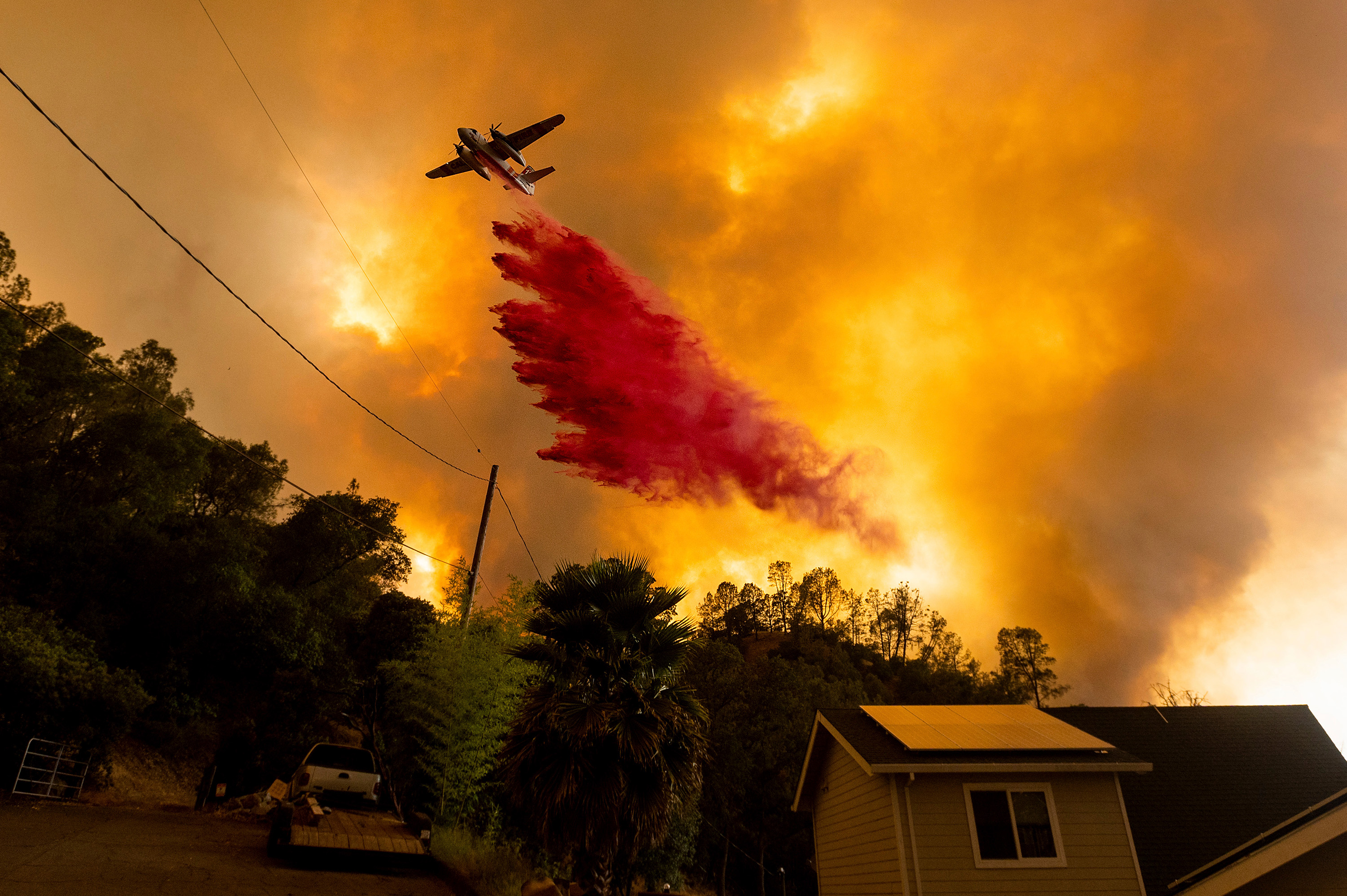Yes, climate change is almost certainly fueling California’s massive fires

Thousands of lightning strikes have sparked hundreds of fires across California in recent days, producing several major clusters burning around the San Francisco Bay Area.
The blazes quickly ripped through hundreds of thousands of acres, forcing thousands to evacuate, filling the skies with smoke, and raining down ash across much of the region.
The fires follow a bone-dry winter in Northern California and a stretch of record-setting summer heat waves across the state, conditions that effectively turned grasslands and forests into tinder. The infernos come on the heels of several of the most destructive and deadly fire seasons in California history.
All of which raises the question, once again: Is human-driven climate change to blame? Did it make the latest fires more likely or more severe?
Climate scientists, who long resisted linking global warming to any specific extreme event, now say its influence is all but certain.
David Romps, director of the Berkeley Atmospheric Sciences Center, said in an email that we’re living in a fundamentally climate-altered world. He noted that average daily highs for this time of year are now about 3˚ or 4˚ F warmer in Berkeley, California, than at the beginning of the 20th century. He was also the lead author of a 2014 Science paper finding that every additional 1 ˚C (1.8 ˚F) of warming could increase lightning strikes over the US by about 12%.
“To cut to the chase: Were the heat wave and the lightning strikes and the dryness of the vegetation affected by global warming? Absolutely yes,” Romps said. “Were they made significantly hotter, more numerous, and drier because of global warming? Yes, likely yes, and yes.”
Daniel Swain, a climate scientist at the University of California, Los Angeles, said that the prolonged lightning storms in recent days are such a rare occurrence in Northern California that it’s hard to assess whether climate change played a role in sparking the fires.
But so-called extreme weather attribution studies have clearly and repeatedly found that climate change exacerbates heat waves, which help create the conditions for wildfires to burn intensely and spread rapidly.
“The answer is basically always that climate change played a large role in the severity or likelihood [of heat waves],” he says. “It’s almost just a question of how much.”
Friederike Otto, acting director of the University of Oxford’s Environmental Change Institute and co-lead of World Weather Attribution, echoed that view in an email: “There is absolutely no doubt that the extremely high temperatures are higher than they would have been without human-induced climate change. A huge body of attribution literature demonstrates now that climate change is an absolute game-changer when it comes to heat waves, and California won’t be the exception.”
Over the last four decades, the combined forces of higher temperatures and lower precipitation levels have already doubled the risk of extreme wildfire conditions in California during the fall, according to a recent paper in Environmental Research Letters that Swain coauthored. And unless the world begins cutting emissions significantly and soon, the odds could double again in the coming decades, the researchers found.
Deep Dive
Climate change and energy
The problem with plug-in hybrids? Their drivers.
Plug-in hybrids are often sold as a transition to EVs, but new data from Europe shows we’re still underestimating the emissions they produce.
Harvard has halted its long-planned atmospheric geoengineering experiment
The decision follows years of controversy and the departure of one of the program’s key researchers.
Why hydrogen is losing the race to power cleaner cars
Batteries are dominating zero-emissions vehicles, and the fuel has better uses elsewhere.
Decarbonizing production of energy is a quick win
Clean technologies, including carbon management platforms, enable the global energy industry to play a crucial role in the transition to net zero.
Stay connected
Get the latest updates from
MIT Technology Review
Discover special offers, top stories, upcoming events, and more.